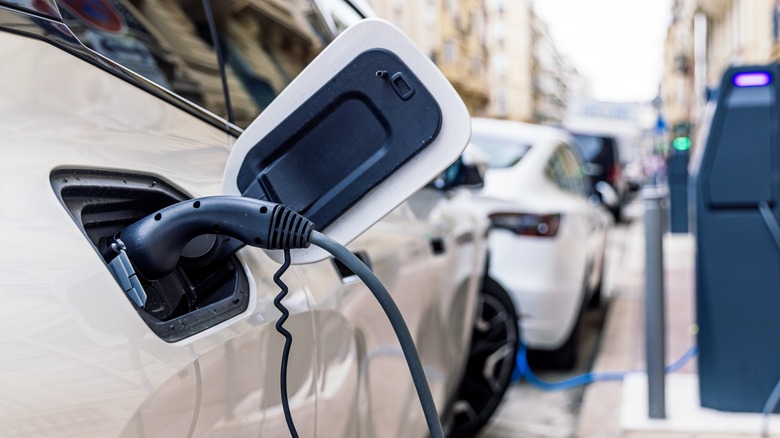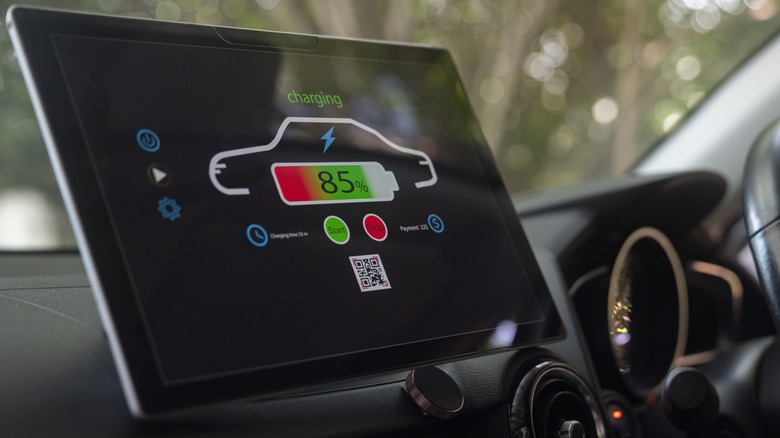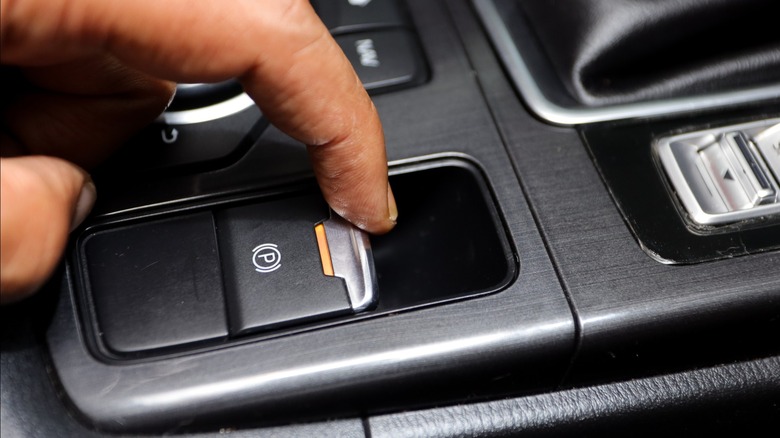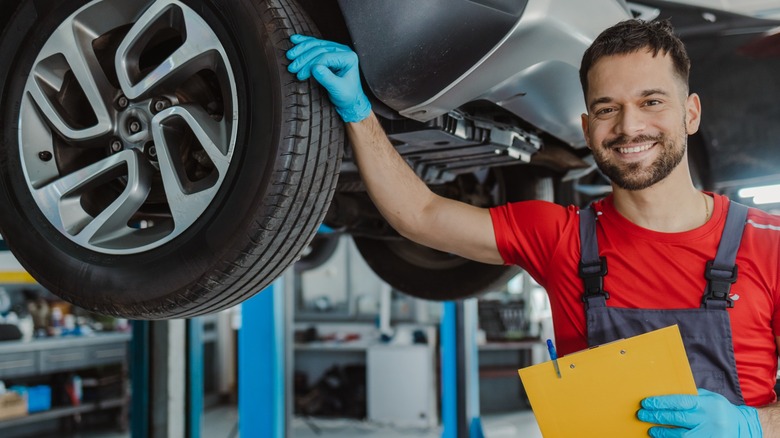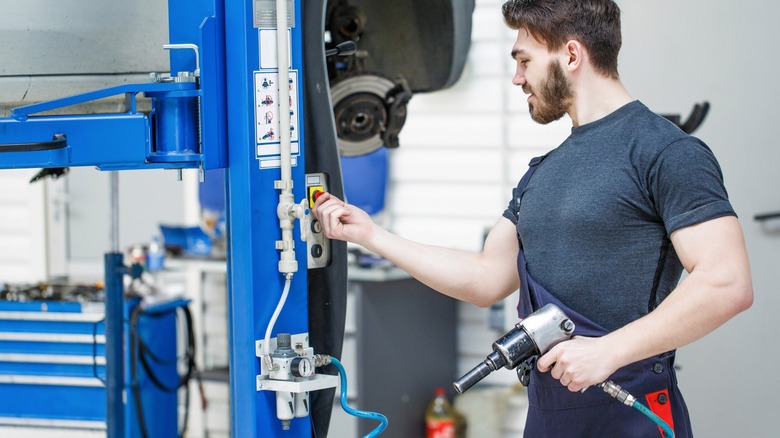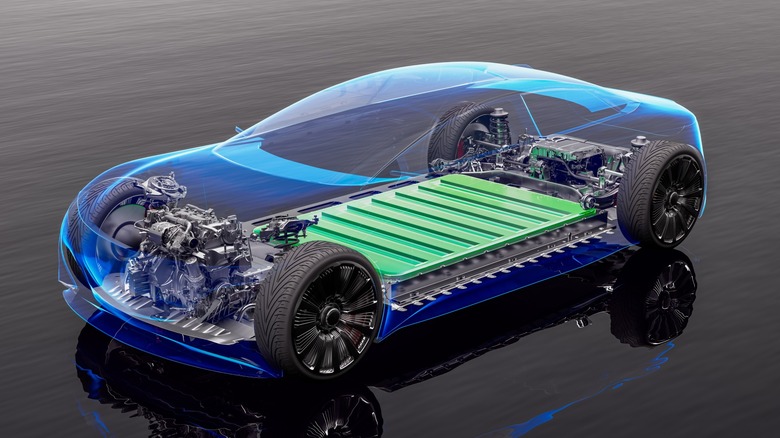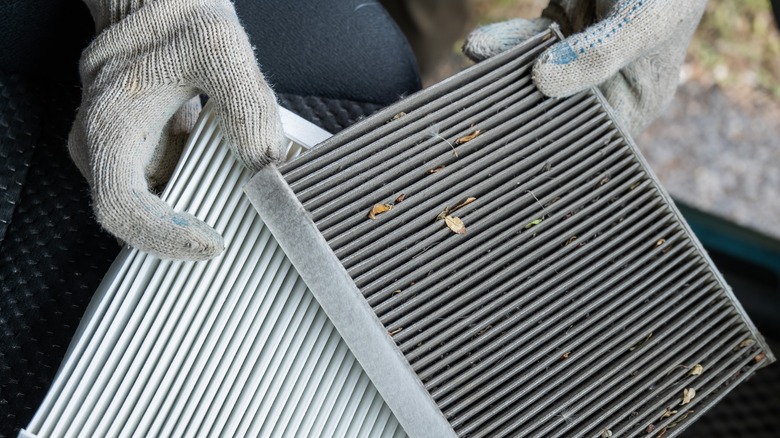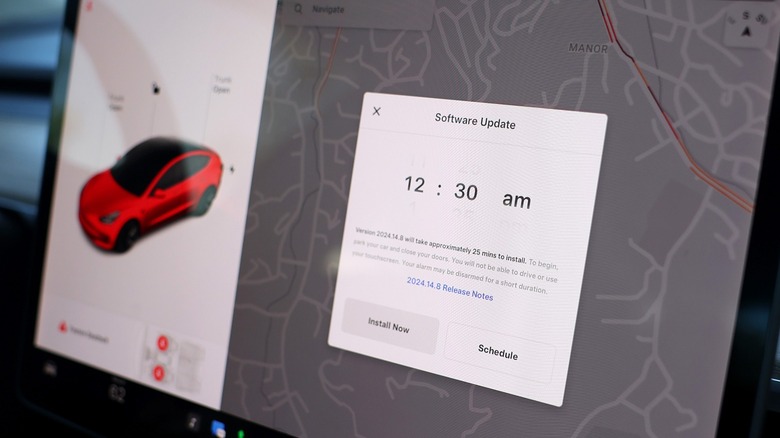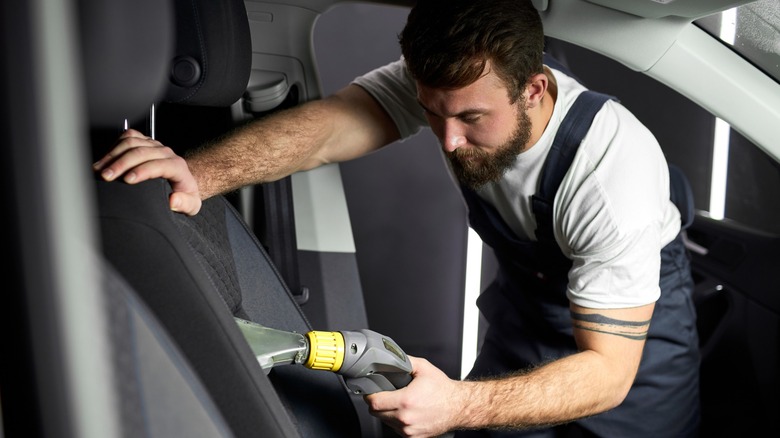8 Essential EV Maintenance Tips You Should Know
When you own a traditional gas-powered car, there's a lot to keep track of, like checking the engine oil, refueling, replacing the timing belt, and so on, but things are much simpler with an electric vehicle. There's no traditional engine, no powertrain, so you don't have to worry about engine oil changes or transmission problems.
Many automakers and dealers lean heavily into this when advertising electric vehicles, making it seem like there's little to do besides charging an EV at home or the nearest station. It all sounds incredibly convenient. However, you must remember that an electric car is still a machine, and all machines require some level of maintenance if they are to last long and serve you well over time.
What's interesting is that when people think of maintenance, what comes to mind are the routine inspections or servicing that happens once or twice a year. But in reality, maintenance starts with the many little ways you take care of your car each day. So, without further ado, here's a look at eight essential EV maintenance tips you should know.
Battery care
Instead of a traditional engine, your EV relies on battery packs. Like all batteries, it starts its life cycle at 100 percent. However, your EV's battery life gradually declines in a process known as degradation. Your charging habits play a big role here.
There are three levels of charging, and each affects your battery's health differently. Level 1 charging is the slowest, and Level 2 charging is about 5 times faster, while Level 3, the most powerful, can boost your battery up to 80 percent in about 30 minutes.
Level 3 charging is by far the fastest, but using it too often can harm your battery's health. That's because it gradually reduces the battery's capacity, leading to fewer miles per charge and a shorter overall range.
This means you should only use Level 3 charging when you're making stops in between long trips or in emergencies. For everyday use, stick with either Level 1 or Level 2 charging. If you're planning to leave your EV idle for an extended period, try to keep the charge level between 25 percent and 75 percent to maintain the battery's health. Some manufacturers recommend leaving it plugged in, and some say you shouldn't, so make sure to check your manual.
It's always important you follow the manufacturer's instructions, so use a charging station that's compatible with your vehicle. At home, avoid using extension cords and instead have a licensed electrician install a wall charger.
Another thing you should be mindful of is temperature. In cold weather, your battery charges slower and drains faster. To manage this, some EVs offer a pre-conditioning feature to regulate the battery's temperature before charging, which is particularly useful in extreme weather conditions. This feature saves you time and improves your battery's efficiency.
Braking system
When you switch from a gas-powered car to an electric vehicle, one of the first things you notice is how quick and quiet the car is. Another thing you get used to is the regenerative braking system. In a regular gas-powered car, pressing the brake pedal causes friction between the brake pads and rotors, converting all that kinetic energy into heat, which just wastes away.
Regenerative braking, however, is this cool bit of technology that allows your EV to recover some of the kinetic energy used when decelerating and convert it into electrical energy. Your car reroutes this energy and stores it in the battery, so your EV actually gets a bit of recharge each time you slow down.
You can feel this each time you take your foot off the accelerator, when it seems like the brakes are on, even when they're not. But as you start to rely on regenerative braking to slow down, you don't use the physical brakes as much. Over time, the lack of friction between these components can lead to the discs corroding.
When the corrosion spreads, you'll have to replace some of these parts, which can be expensive. However, you can get ahead of this by routinely scheduling an appointment with a specialist who'll help you check the braking system and confirm they're still in good condition. They can help clean and lubricate these components, as well as help you with a brake fluid flush.
Tire maintenance
EVs are all about instant power. The moment you tap the accelerator, you're getting full torque right away. This immediate jolt of power, combined with the extra weight from the EV's battery pack, puts a lot more strain on the tires. To put things into perspective, the average EV can weigh up to 40 percent more than its gas-powered counterpart. All that extra weight and torque can cause tires to wear out a lot faster.
But how can you keep the tires from wearing out too quickly? It really starts with how you drive. Aggressive driving does a huge number on the tires. Aside from preserving the tires, driving more smoothly can actually help you get more miles out of each charge and help maintain your EV's range.
Of course, no matter how carefully you drive, your tires will eventually wear out. So, when it's time for a new set, pick the right tires. Tires designed for EVs typically have tougher sidewalls and special tread patterns to cope with extra weight and torque. Plus, they're designed to reduce rolling resistance, which is crucial for maintaining your car's range.
One more thing you should be mindful of is the tire pressure because under-inflated tires can create rolling resistance, which eats into your range and speeds up wear and tear. Don't forget about rotating the tires as your manufacturer recommends because it will help the tires last longer and perform better.
Suspension and alignment check
The battery packs in an EV are considerably heftier, which means the suspension system does a lot more work than in a regular ICE vehicle. All that extra weight can wear down these components faster than you might expect and snowball into bigger problems if you're not paying attention. One problem it can cause is the tires wearing out unevenly.
For an EV, that's particularly tricky. When the wheels become misaligned, it messes with how your EV spreads its weight across the tires, which increases rolling resistance and affects the car's range. So, it's a good idea to have a specialist take a look at your suspension and alignment occasionally. The moment you notice anything off, like your car pulling to one side or weird vibrations, check it out immediately. If you're driving in tough terrains or dealing with a lot of potholes, you should schedule more frequent checks.
On your part, try to avoid potholes and rough roads when you can, and be mindful of how much weight you're carrying around in your EV. Constantly driving with heavy loads can speed up wear and tear on your suspension. Also, make sure your tires are properly inflated because this helps with the alignment of your car and ensures your car is evenly distributed.
Cooling system check
Electric cars have large batteries that demand careful thermal management to function efficiently. Unlike regular ICE cars, where the system mostly cools the engine, an electric car has to manage the temperature of several important components, such as the motor and inverter, plus the battery. All these parts need to stay within a precise temperature range to function properly and last long.
But what does maintaining the cooling system entail? Just as you would with an engine car, you should check and replace the coolant as your owner's manual recommends. Since most of these systems are sealed off, you might need to schedule an appointment with a specialist who has the specific tools designed to open them.
Now, while you don't have to worry about topping up the fuel, power steering fluid, or engine oil levels in an EV, there are some fluids that your electric car may still need, aside from the coolant and brake fluid. There's the gearbox fluid some manufacturers recommend for their vehicles after reaching certain miles, and there's also the wiper fluid.
Cabin air filter replacement
Your EV isn't all that different from an ICE vehicle when it comes to the cabin air filter because it still relies on this component to keep the inside of your car free from pollutants, allergens, and other particles.
Over time, this filter gets clogged with debris, and when it does, it affects the air quality and efficiency of your car's HVAC system, which is responsible for cooling and heating your car.
With the filter clogged, the system has to work harder to maintain the airflow, so you might start to hear a rattling noise or perceive an obnoxious smell. The car struggles to cool down or heat up as you'd like, and all these can cause your car to use up more energy, which ultimately reduces your EV's range.
When you notice these signs, it's time to replace the cabin air filter. Even without the signs, auto manufacturers still recommend you replace the filter at certain intervals. That, however, depends on your driving habits and the environment you mostly live in and drive through.
Regular software update
One of the coolest perks of owning an EV is the convenience of over-the-air (OTA) updates. The auto manufacturer deploys these updates to introduce new features that improve your driving experience and the overall efficiency of the components that make up your car. Typically, you'll receive a notification when an update is available, and you can install it whenever it's convenient.
However, not all updates can be handled remotely. Some may require you to visit a service center. That's mostly because these updates are more complex and often involve the use of specialized equipment. They are best handled by professionals with the right tools and expertise.
What you can do on your end is to be proactive with OTA updates that address bugs or safety recalls. If you delay these updates, you're leaving your car vulnerable to potential issues that may void your warranty. It's equally important you schedule an appointment with a specialist for a more sophisticated diagnostic check.
Keeping the interior and exterior clean
When you think about maintaining your electric car, it's easy to focus on the big stuff like battery health, software updates, or ways to optimize the car's range. However, keeping the car clean is an equally important part of maintenance. It keeps your car looking sharp and smelling fresh, while helping you retain its value.
If you live near the sea or drive on roads that are occasionally sprayed with salt during winter, it's important you wash your EV regularly. Salt can speed up rust and corrosion on the car's body, which is something you definitely want to prevent. On the other hand, when cleaning your electric car, you should follow some simple rules. Don't wash the car while it's charging. Keep water away from the charging port.
Because fire and electrocution are real risks associated with electric cars, it's safer to have a specialist help you handle your car's servicing. These professionals have the tools, expertise, and appropriate measures in place to protect themselves and handle your car properly.
